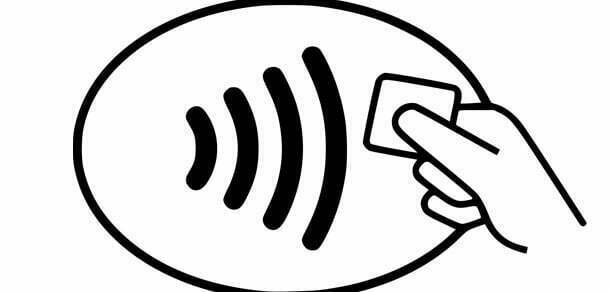
So just how does the modulating of radio waves enable data transmission? The answer is found in the concept of coding. Coding refers to a modulation pattern that is understood and shared by both a transponder and a receiver. Like Morse code–the series of dots and dashes used to transmit data in the past– radio frequency coding relies on two states to indicate binary data. The states can be thought of as modulated and un-modulated, though different coding schemes encode data into the modulating states in different manners.
Before we delve into the common coding schemes used in RFID systems, let's briefly review the fundamental concept of binary data. All digital systems use binary data to represent information. Any letter, number, or symbol can be signified by a specified pattern of zeros and ones. For example, the letter ‘A' can be represented as 00101 while the letter ‘B' is represented as 01011, etc.
In different systems, these zeros and ones can be indicated by different binary situations. Examples include:
The binary situation used to represent the zeros and ones in an RFID system consists of the modulated and un-modulated–or the specific changes created via modulating–cycles of a radio wave.
Knowing the specific differences between coding schemes is more than most of us will ever need. Understanding the conceptual differences between them, however, will provide you with a good working knowledge of coding and the operation of RFID systems.
Though there are a number of coding schemes used in RFID, we will examine three common varieties for the purpose of illustrating the concept.The varieties described below with accompanying diagrams are NRZ Coding, Manchester Coding, and Miller Coding.
NRZ is short for Non Return to Zero coding. In this scheme, ones are represented by a high signal and zeros by a low signal.
In this scheme, ones are represented by a transition for high-to-low while a zero is represented by a transition from low-to-high. Unlike NRZ, Manchester relies upon the transitions within the measurement period to define the data. NRZ, on the other hand, relies on the state during the period with transitions occurring between measurement periods.
In this scheme, a one is represented by a transition (either high-to-low or low-to-high) within the measurement period while a zero is represented by the lack of a transition.
While these are simplistic explanations of coding methods, they should suffice to illustrate how meaningful data can be carried on radio waves. Each coding scheme has its own unique set of strengths and weaknesses. The choice of which coding scheme to use, however, is not typically the left to the card issuer. Rather, it is built into the operating protocols employed by a specific RFID system, be it an industry standard technology or system proprietary to its developer.
Environmental parameters are often taken into consideration when the coding scheme is selected. Variables such as power sources, acceptable error rates and correction procedures, and modulation type (ASK, FSK, or PSK) can make one coding type better than another in a specific application. Additionally, systems frequently use a different coding scheme for card to reader transmissions than for reader to card transmissions.
Just keep in mind that coding schemes are not magic. Like Morse code, they are simply a system for encoding data onto the carrier waves in a manner that is shared and meaningful to both the transponder and the receiver.




